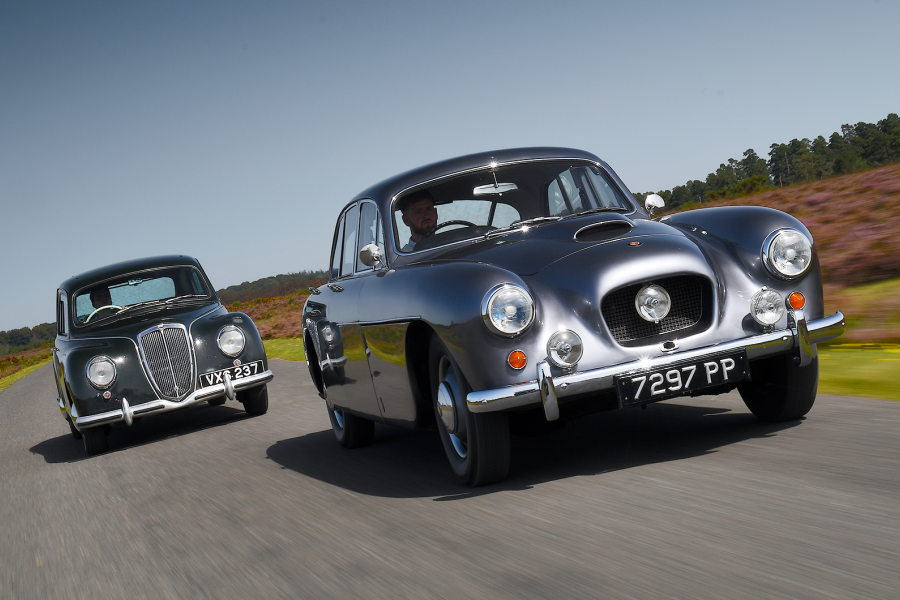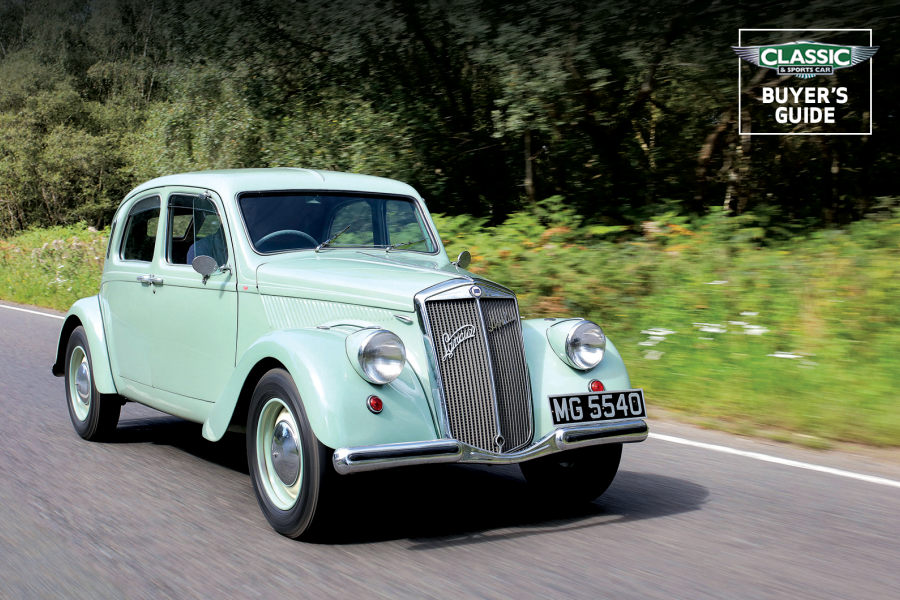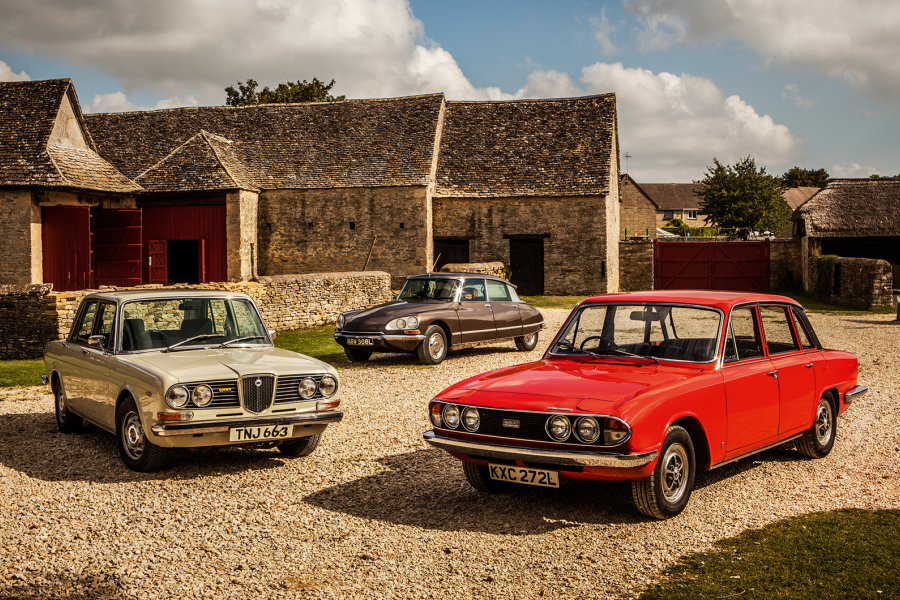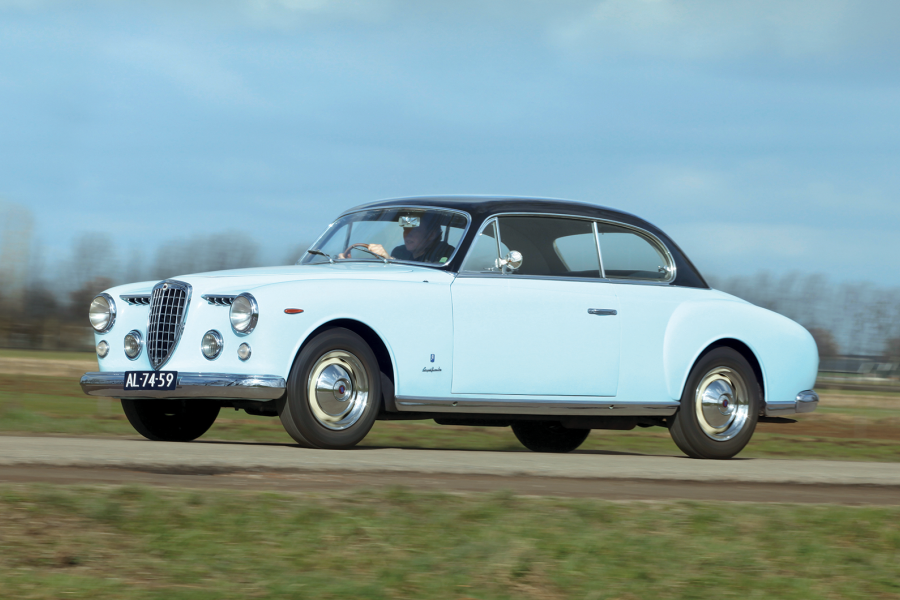
Streamlining was all the fashion in Italy in 1934, the year in which the National Fascist Party reinforced its grip on power in a single-party general election.
The sensational Macchi M72 racing seaplane claimed new World Speed Records across Lake Garda, and Guy Moll won at Avus in a one-off low-drag GP Alfa.
Aerodinamica was the buzzword at car shows, as coachbuilders embraced the new trend with cowled radiators and fastback bodywork.
The handsome Lancia Astura featured here was an early exponent of the new sleek look, but the bold Castagna body was first fitted to an Alfa Romeo 8C-2300 ‘Lungo’ that was the talking point of the 1934 Salone de Milano.

The dramatic rear has the look of the Fiat 508 Aerodinamica
Visitors to the show included the Prime Minister Benito Mussolini and his sons, who were greatly taken by the stylish grey coupé on the Castagna stand.
The Milanese carrozzeria was so proud of the bold design, it was featured on the cover of a lavish new company brochure.














